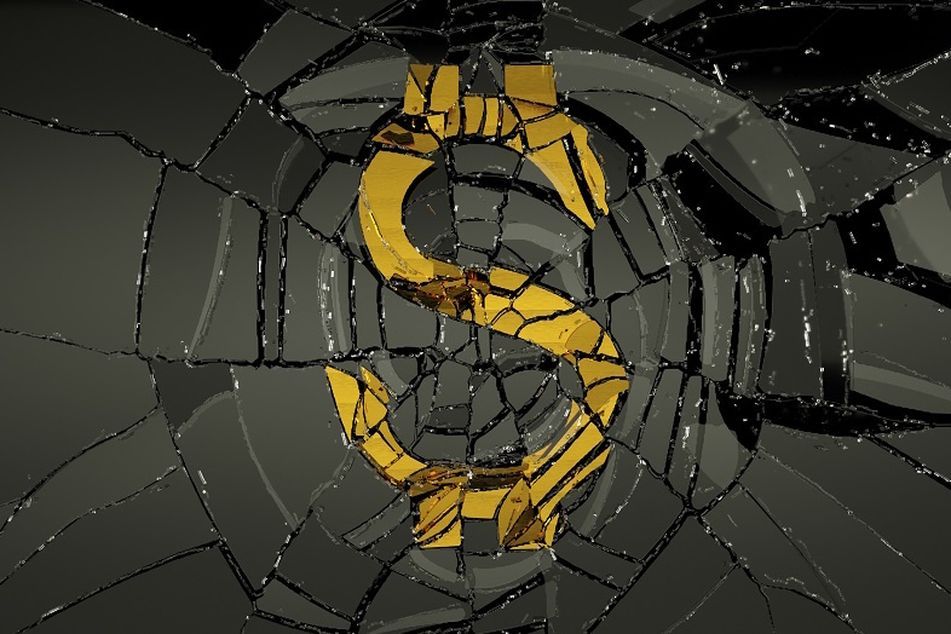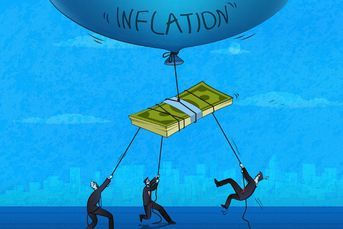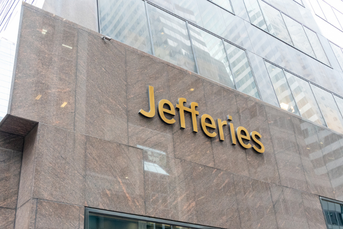Recession indicator pushed to highest alert since 2007
 Demolished dollar symbol and broken glass. Economy and recession
Demolished dollar symbol and broken glass. Economy and recession
The move follows reports that China is responding to U.S. president's threat of more tariffs.
The latest eruption in the U.S.-China trade dispute pushed a widely watched Treasury-market recession indicator to the highest alert since 2007.
(More: Advisers investing in technology to prepare for possible recession, Schwab study finds)
Rates on 10-year notes sank to 1.74% on Monday, close to completely erasing the surge that followed President Donald J. Trump’s 2016 election. In early trading, they fetched as much as 32 basis points less than three-month bills, the most extreme yield-curve inversion since just before the 2008 crisis.
The move follows reports that China is responding to the U.S. president’s threat of more tariffs by allowing the yuan to fall and halting imports of U.S. agricultural products. Many major investors expect this slide in 10-year yields to continue given the risk this creates for markets.
Count BlackRock Inc., the world’s largest asset manager, among them. The firm’s global chief investment officer of fixed income, Rick Rieder, foresees 1.5% for the 10-year.
“We could be in a significantly lower-rate environment for a while” given that central banks are poised to ease, he told Bloomberg Television on Monday.
Columbia Threadneedle’s Ed Al-Hussainy also sees the potential for a further leg down in the 10-year benchmark, but says Federal Reserve rate cuts could help the yield curve snap back from its inversion.
“Potentially now the curve starts to steepen because the Fed is being pressured by a combination of data and obviously downside risks in trade to be more forceful,” the senior strategist said in a phone interview.
Heavy buying in fed funds futures contracts in the days since the Fed last week delivered its quarter-point reduction has driven the market to price in another reduction in September, and then some.
Mr. Al-Hussainy expects investors to turn to even more aggressive positioning for rate cuts. He says the signal from the curve suggests money markets should be pricing in a higher probability of the Fed’s policy rate going to zero in the coming year.
(More: A recession? Financial advisers say it’s right around the corner — or not)
“There’s a huge disconnect now,” he said. “You don’t need to do a lot of mental gymnastics to get to the Fed having to cut 200 basis points to put off a recession.”
Learn more about reprints and licensing for this article.








